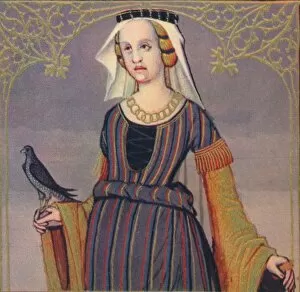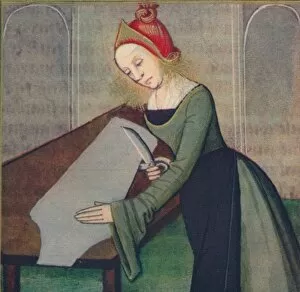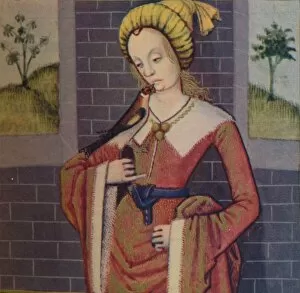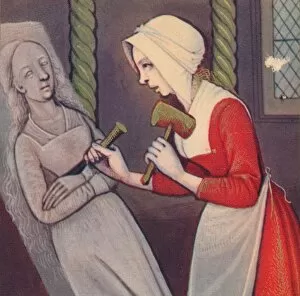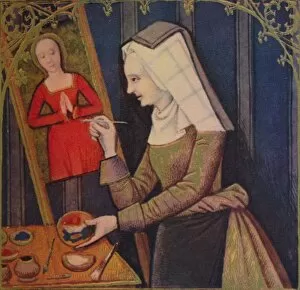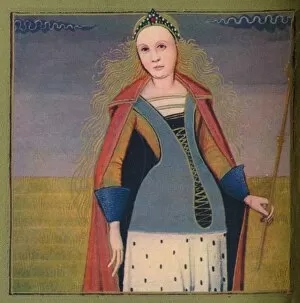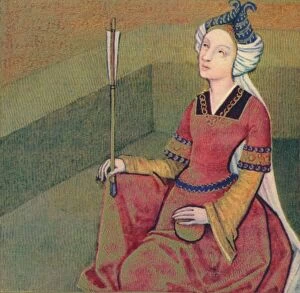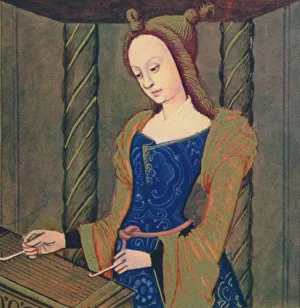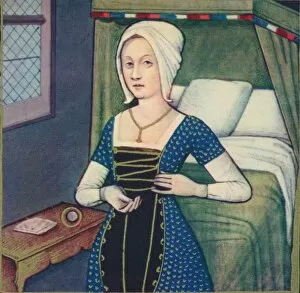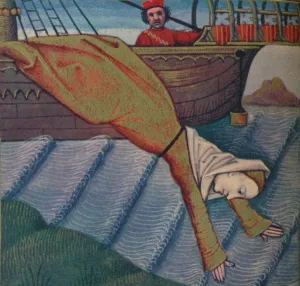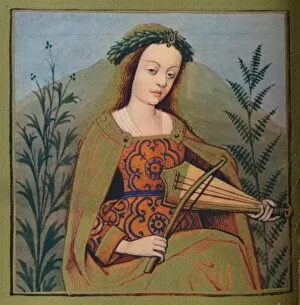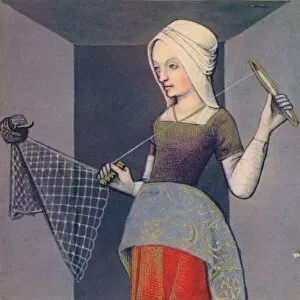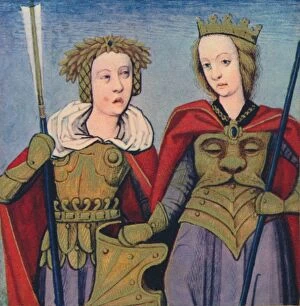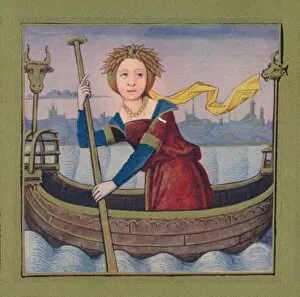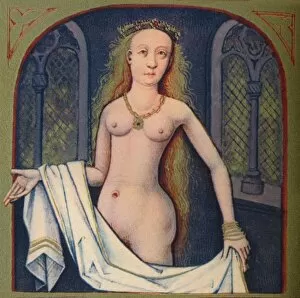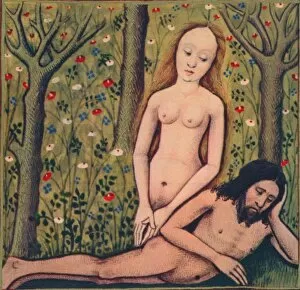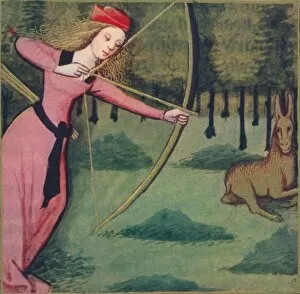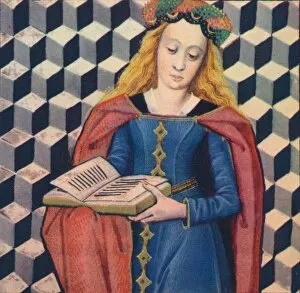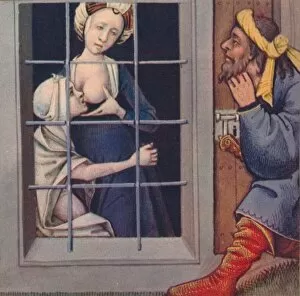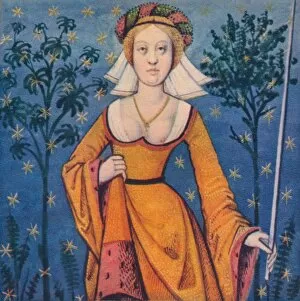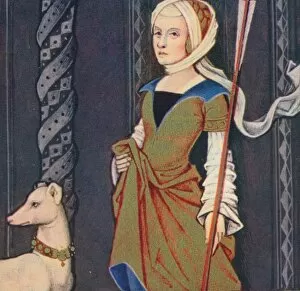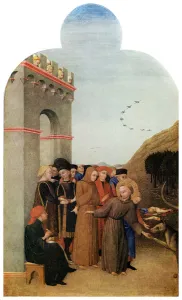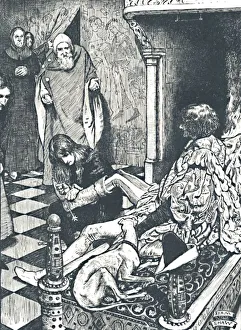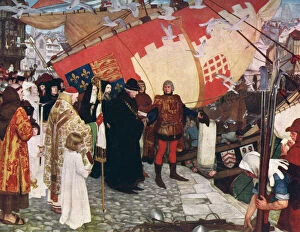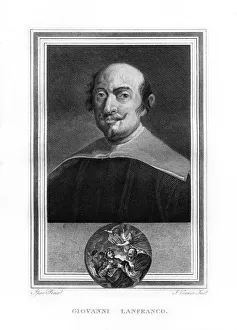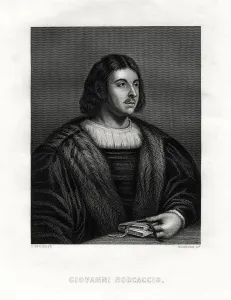Giovanni Collection (page 12)
"Giovanni: A Journey Through Art and Music" Step into the world of Giovanni, where art and music intertwine to create a captivating narrative
All Professionally Made to Order for Quick Shipping
"Giovanni: A Journey Through Art and Music" Step into the world of Giovanni, where art and music intertwine to create a captivating narrative. From Canaletto's breathtaking "Thames" to Bernini's powerful sculpture of Pluto, each masterpiece tells a unique story. In Van Eyck's "The Arnolfini Portrait, " Giovanni is depicted as a symbol of love and devotion. Meanwhile, Saint Francis of Assisi embodies his spiritual side, inspiring generations with his humility and compassion. But Giovanni's influence extends beyond the realm of visual arts. In the realm of music, we encounter the virtuoso double bassist Giovanni Bottesini, whose melodic compositions continue to mesmerize audiences today. Bernini reappears with his iconic sculpture "David, " capturing not only the biblical hero but also showcasing Giovanni's strength and determination. The statue of St Peter in Basilica di San Giovanni in Laterano stands tall as a testament to faith and resilience. Giovanni Paolo Panini invites us to an enchanting musical party through his brushstrokes. We can almost hear the melodies filling the air as musicians gather for an unforgettable celebration. Moving forward in time, we witness Giovanni Segantini's thought-provoking piece "The Punishment of Luxury. " This artwork challenges society’s obsession with materialism while urging us to reflect on our values. Fra Angelico takes us back centuries ago with his serene depiction of "The Annunciation. " The altarpiece transports us into a sacred space where divine messages are delivered by heavenly messengers like Hermes Trismegistus within Siena Cathedral. As we conclude this journey through art and music inspired by various Giovannis throughout history, let their creativity ignite our own passions. Let their stories remind us that beauty exists everywhere – from grand cathedrals to intimate portraits – waiting for us to discover it anew.

